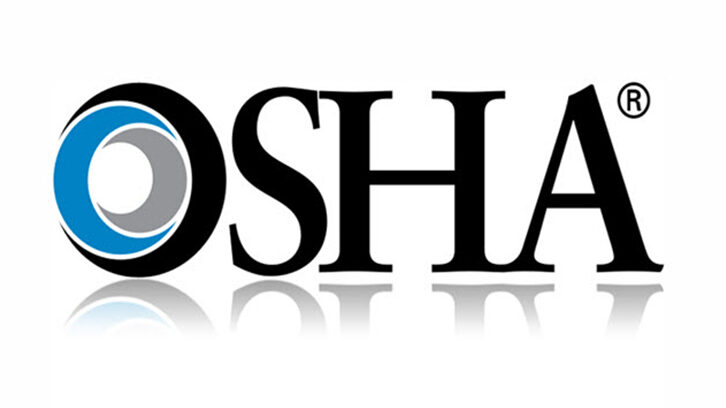OSHA recently announced heavy fines against a Wisconsin company for 1) failure to develop or implement a hazard communication program and 2) failure to maintain material safety data information.
There were fines for other failures; yet the two mentioned above are especially notable as they rank third on OSHA’s top 10 list of most frequently cited standards – meaning it’s no secret OSHA is targeting HCS compliance when it visits worksites –more importantly, they are among the easiest of OSHA’s standards to comply with.
In a blog post dated June 2009, we broke down the Hazard Communication Standard into four common-sense parts:
1. Written Plan
2. Labels & Warnings
3. Material Safety Data Sheets
4. Training
Following are steps to help you jump start the process.
Written Plan – in short, you need to have a written plan for your HCS program. This plan should not be a generic plan that you buy off the shelf or pull from the internet, but should be reflective of your workplace and the hazards that your employees face in their day-to-day working environment.
The written plan needs to include a current list of all hazardous chemicals. It also must identify who is responsible for the written plan and outline how all written materials can be accessed. Next, the plan needs to describe how your facility meets the requirements for labeling, MSDS management and training, which I’ll cover in a moment. Keep in mind, the written plan is the first thing an OSHA inspector will ask for, so you’re going to have to write it down.
Labels & Warnings – The next key component of the HCS regulation is making sure that all of the chemicals listed in your plan are labeled properly and appropriate hazard warnings are posted in your work areas. Make sure that products shipped into your facility have labels that are legible and prominently displayed. Also, if you re-bottle or re-drum hazardous chemicals at your facility, it is critical that you have a good secondary label program to ensure the chemicals are properly identified. In the United States, labels and warnings are only required to be printed in English. If your workforce is multi-cultural, however, you may want to consider printing in secondary languages or making use of common pictograms and symbols to more effectively communicate the hazards.
Material Safety Data Sheets (MSDSs) – I like to think of MSDSs as industrial-strength safety labels. An MSDS will tell you everything you need to know from the hazards associated with a chemical, how to handle and store the chemical, to the proper personal protective equipment to use when handling the chemical. According to the HCS, you must have an MSDS for all the chemicals in your inventory. You must make the MSDSs readily accessible to your employees. And your employees must be trained on where to find and how to read MSDSs so they fully understand the risks associated with the chemicals and the protection they need to use when handling chemicals in the workplace.
Training – Training is critical to make sure people understand the hazards in their workplace and how to do their jobs safely. The HCS requires that you train your employees on where to find your written plan and MSDSs. And, more importantly on how to read the MSDSs, labels on containers and warning signs. One final note on training, which may seem obvious, but is often overlooked, make sure employees are trained before assigning them to work with hazardous chemicals.
There can be some gray area, like what does readily-accessible mean? We believe the compass of common sense will guide you through most interpretations of the requirements. If your company is not already HCS compliant, now is the time to act.
